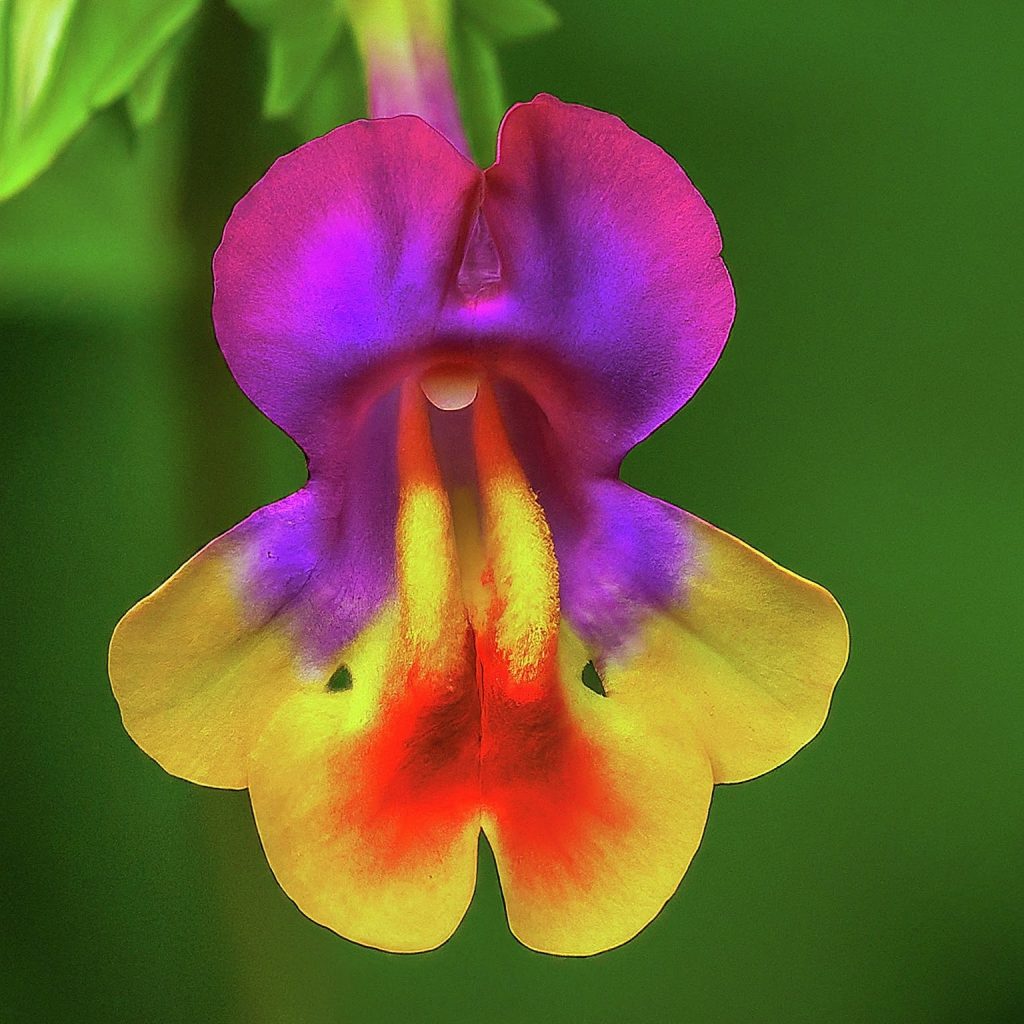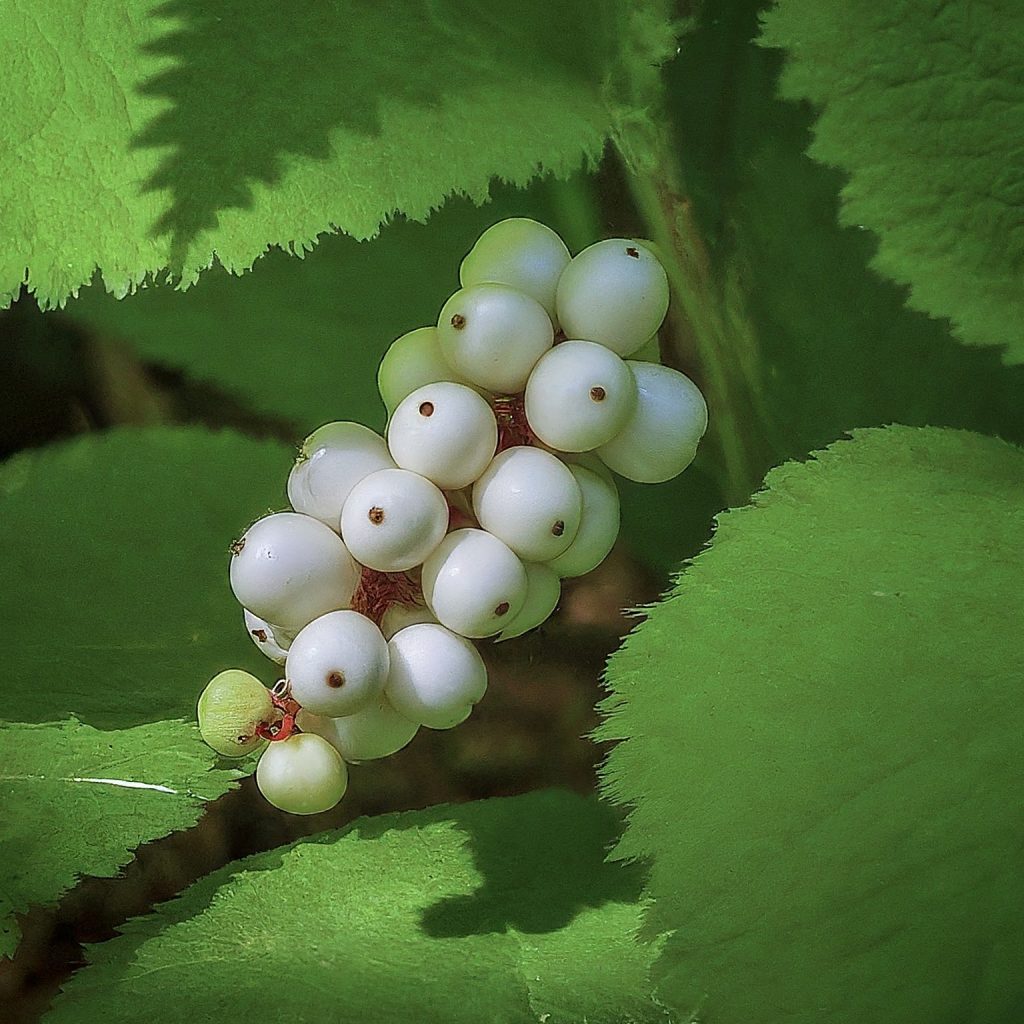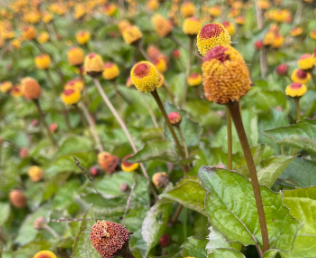Flowers have always been a source of inspiration and wonder for people all over the world. Their beauty and unique features have been celebrated in art, literature, and culture for centuries.
Among these wonders are “eye-like flowers” which have intrigued observers with their distinctive appearance, sparking curiosity and fascination. These flowers are not only beautiful, but they also possess a rich history and cultural significance that adds to their allure.
In this article, we will explore the world of flowers that look like eyes, their characteristics, and the fascinating stories behind them.
Some flowers that look like eyes
Monkeyflower
Monkeyflower is the common name given to plants in the Mimulus genus, which are native to North and South America. These plants are known for their unique, brightly colored flowers that resemble the face of a monkey, hence the name Monkeyflower.
There are over 150 different species of Monkeyflower, and they can be found in a wide variety of habitats, from wetlands and stream sides to rocky outcroppings and mountain meadows. They come in a range of colors, including yellow, orange, pink, red, and purple, and many have interesting patterns or spots on their petals.

In addition to their ornamental value, Monkeyflower plants also have a number of practical uses. Some species are used in traditional medicine to treat a variety of ailments, including respiratory infections, fever, and digestive issues. Others are important food sources for bees, hummingbirds, and other pollinators.
Despite their many benefits, some species of Monkeyflower are considered invasive in certain parts of the world, where they can outcompete native plants and disrupt local ecosystems. As such, it is important to be mindful when planting Monkeyflower or other non-native species and to make sure they are well-suited to the local environment.
The Doll’s Eyes
Doll’s Eyes, also known as White Baneberry, is a beautiful flowering plant native to North America. Its scientific name is Actaea pachypoda, and it belongs to the Ranunculaceae family. The most distinctive feature of the Doll’s Eyes flower is its unique appearance that resembles the shape of human eyes. The flower has small, white, and round petals that are arranged in a cluster, with a central black or purple-colored stigma that looks like a pupil. The flower is typically about 1/4 inch in diameter, making it quite small but eye-catching nonetheless.

In addition to its unique appearance, Doll’s Eyes also have a fascinating history of medicinal use. Native Americans have used various parts of the plant to treat a variety of ailments, including headaches, fever, and rheumatism. However, it’s important to note that the plant can be poisonous if ingested in large quantities.
The Doll’s Eyes flower typically blooms in the late spring or early summer and is often found in wooded areas or near streams. It prefers moist, well-drained soil and partial shade, making it an ideal addition to a shady garden.
Overall, the Doll’s Eyes flower is a beautiful and unique plant that is sure to turn heads in any garden.
Mickey Mouse Plant
The Mickey Mouse Plant, also known as Ochna serrulata or the Bird’s Eye Bush, is a flowering shrub that is native to Africa, Asia, and Australia. Its unique flowers are often described as looking like Mickey Mouse ears, with two round, black “eyes” surrounded by yellow petals.

The Mickey Mouse Plant typically blooms in the late winter or early spring and produces clusters of small, yellow flowers that are about 1 inch in diameter. The flowers are followed by small, red, berry-like fruits that are also quite ornamental.
In addition to its unique appearance, the Mickey Mouse Plant has a number of interesting cultural and medicinal uses. In some African cultures, the plant is used as a traditional remedy for a variety of ailments, including fever and stomach disorders. It is also sometimes used in traditional medicine in other parts of the world, although scientific research on its medicinal properties is limited.
The Mickey Mouse Plant is a popular ornamental plant in many parts of the world due to its striking appearance and easy maintenance. It prefers well-drained soil and partial shade, making it an ideal addition to a shady garden or patio.
Overall, the Mickey Mouse Plant is a fascinating and beautiful plant that is sure to catch the eye of any gardener or flower enthusiast.
Eyeball Plant
The Eyeball Plant, scientifically known as Spilanthes oleracea, is a fascinating flowering plant that is often referred to as the “Toothache Plant” due to its traditional medicinal use in treating toothache.

Native to South America, the Eyeball Plant has gained popularity for its unique flowers that bear a striking resemblance to human eyes. These flowers feature a distinctive circular shape with a prominent dark center, surrounded by a ring of bright yellow, red, or purple petals, resembling the iris and sclera of an eye.
The Eyeball Plant is a herbaceous perennial that can be grown in various regions with warm climates. It typically prefers well-draining soil and requires full sun to partial shade for optimal growth. This low-maintenance plant is known for its drought-tolerant nature, making it suitable for xeriscaping or water-wise gardens.
Apart from its captivating appearance, the Eyeball Plant also serves as a pollinator magnet, attracting bees and butterflies to its flowers.The plant’s nectar-rich flowers provide a valuable food source for these pollinators, contributing to the biodiversity and ecological health of the surrounding area.
In addition to its ornamental value, the Eyeball Plant has been traditionally used for its medicinal properties. The plant contains bioactive compounds such as spilanthol that exhibit analgesic and anti-inflammatory properties, making it useful in traditional herbal medicine for relieving toothache and other oral discomforts. However, it is important to note that the Eyeball Plant should be used with caution and under the guidance of a qualified healthcare professional, as it may cause adverse effects in some individuals.
Overall, the Eyeball Plant, with its distinctive flowers and interesting properties, has become a popular choice among gardeners and nature enthusiasts, adding a touch of whimsy and intrigue to gardens and landscapes.
Poppy Anemone
Poppy Anemones, also known as Anemone coronaria, are a type of herbaceous perennial plant that are commonly grown for their showy, colorful flowers. The plant is native to the eastern Mediterranean region, but it can be found in gardens and landscapes around the world.

Poppy Anemones typically grow to be around 8-12 inches tall and 6-8 inches wide, with dark green leaves that are deeply lobed and toothed. The plant produces cup-shaped flowers that can be single or double, and are available in a variety of colors including white, pink, red, blue, and purple. Some cultivars also have bicolor or multicolored petals.
Poppy Anemones bloom in early spring and their flowers can last for several weeks. They prefer well-drained soil that is rich in organic matter and requires full sun to partial shade for optimal growth. The plant is relatively low-maintenance and can be grown in containers or in the ground. It is also deer-resistant and attracts pollinators such as bees and butterflies to the garden.
Poppy Anemones can be propagated through division or by planting seeds. They are best planted in the fall, around September or October, and should be planted around 3-4 inches deep with the pointy end facing up. The plant will go dormant in the summer months and can be lifted and stored in a cool, dry place until the next planting season.
Overall, Poppy Anemones are a beautiful and easy-to-grow addition to any garden or landscape. Their vibrant colors and unique cup-shaped flowers make them a popular choice for springtime displays, and their low-maintenance nature and pollinator-friendly qualities make them a great addition to any eco-friendly garden.
Black-eyed Susan
The Black-eyed Susan, or Rudbeckia hirta, is a herbaceous perennial plant that is native to North America. It is a member of the sunflower family and is known for its bright, golden-yellow petals that surround a dark brown, cone-shaped center.

Black-eyed Susans typically grow to be around 2-3 feet tall and 1-2 feet wide. They have coarse, hairy stems and leaves that are lance-shaped and toothed. The plant produces its flowers in mid-summer to early fall and can bloom for several weeks.
Black-eyed Susans prefer full sun and well-draining soil, but they can tolerate some shade and a variety of soil types. They are also drought-tolerant and deer-resistant, making them a great choice for low-maintenance gardens.
In addition to their beauty, Black-eyed Susans are also important pollinators, attracting bees, butterflies, and other beneficial insects to the garden. They are also used in herbal medicine for their immune-boosting and anti-inflammatory properties.
Black-eyed Susans can be propagated through division or by planting seeds. They self-seed easily and can become somewhat invasive, so it’s important to deadhead the flowers before they go to seed to prevent spreading.
Overall, the Black-eyed Susan is a beautiful and versatile plant that is well-suited for a variety of gardens and landscapes. Its cheerful flowers, low-maintenance nature, and pollinator-friendly qualities make it a popular choice for both beginner and experienced gardeners alike.
In conclusion, flowers that resemble eyes are a remarkable example of the intricate designs found in nature. The eye-like appearance of these flowers has inspired many cultures throughout history and continues to captivate our attention today. These flowers are not only visually stunning, but they also have practical uses, such as attracting pollinators to gardens and helping with medicinal remedies. As we continue to explore and appreciate the wonders of nature, let us not forget the beauty and significance of these eye-like flowers that remind us of the intricate and awe-inspiring design found in the natural world. Explore more about the intricate designs found in nature
